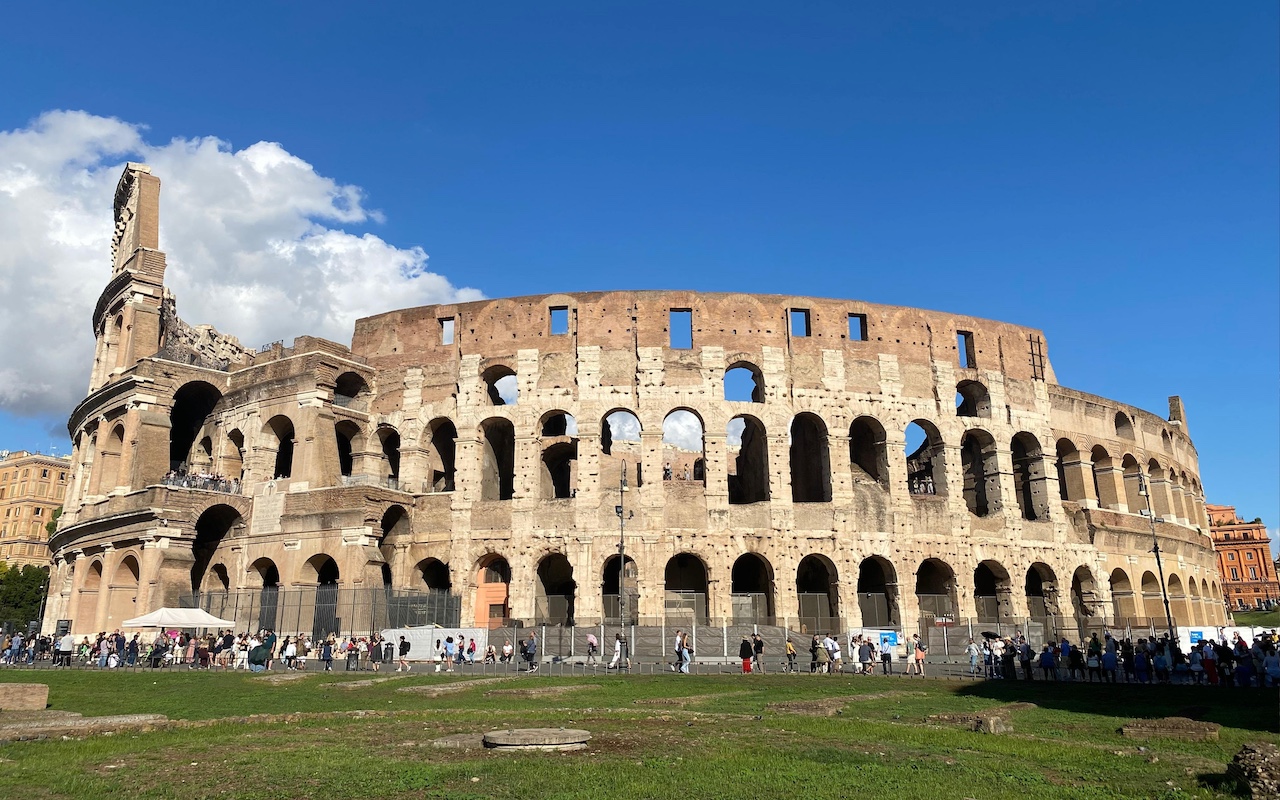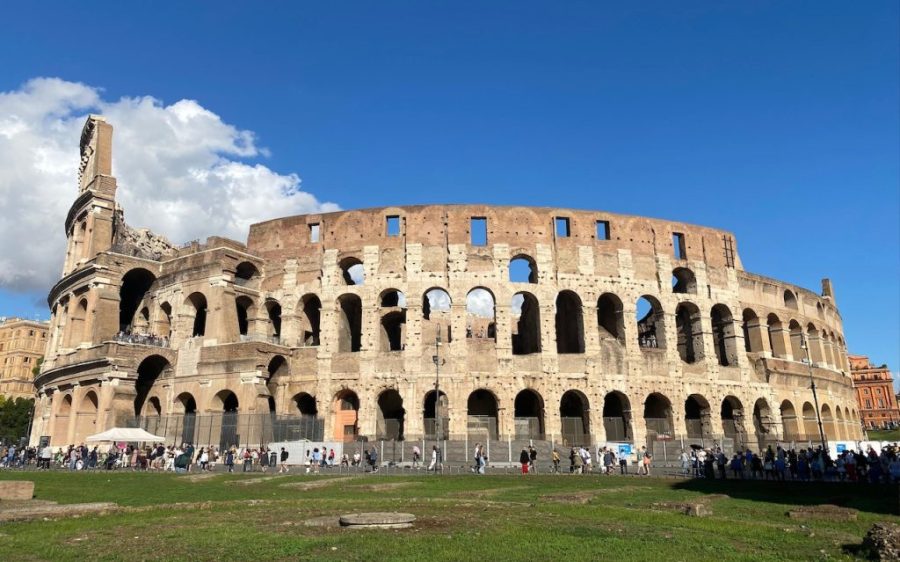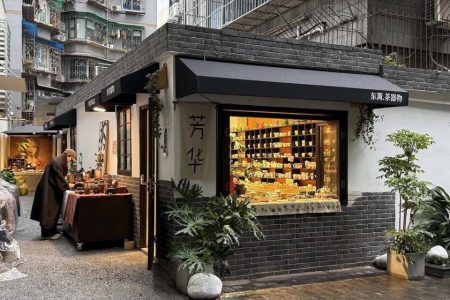Rome is an ancient city with an abundance of masterpieces, with heavenly frescoes seemingly adorning every church you stumble into, galleries filled with sculptures immortalising gods and emperors, and more marble than concrete everywhere you go. Then, there are the bustling trattorias lining the intricate web of cobbled streets, serving up world-renowned food and wine.
Yet that’s not all. The capital of Italy has over 2000 years of history, so it can be a daunting adventure for first-timers hoping to experience the magic of the Eternal City. Rome wasn’t built in a day, and it’s certainly difficult to conquer in less than a week.
[See more: The list of the world’s best 100 airlines has been announced]
Take as much time as your travel schedule will allow and read on to find out some firsthand tips on how to navigate the Eternal City.
Book attractions in advance
If you’re going to Rome for the first time, the Colosseum, the Vatican Museum, and the Pantheon are probably on the top of your must-see list.
Make sure you book a month in advance for the Colosseum and the Vatican Museum, especially if you want to pick a time slot that’s ideal for you. If you’re lucky, you’ll still find tickets a week or two in advance, but it’s better to be safe than sorry unless spending hours of your precious time in Rome queuing to get into the Vatican museum is fine with you.
[See more: Here’s what to do if you lose your Macao passport while travelling]
Besides, you’ll get to enjoy the feeling of breezing past the monstrously long queues full of the sweaty, disgruntled faces of the unprepared and head straight into these historical monuments.
The Pantheon usually has walk-in tickets. However, they may sell out, especially towards the end of the day.
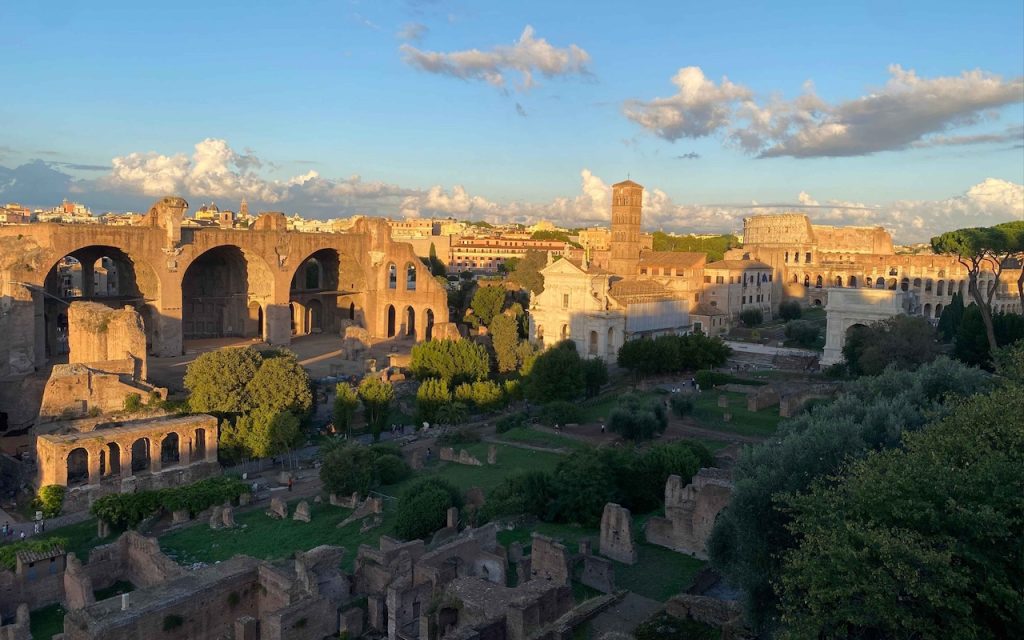
You will take longer than you think you need
The Vatican Museum is 7 kilometres of halls and galleries, filled to the brim with art collected by popes since the 17th century. Guided tours typically take up to three hours, and even if you only focused on the most famous artworks it will still take two hours to take them all in. In other words, you could easily spend half a day or more there, so we would not advise you to not pack your schedule too tightly.
[See more: Here’s what to know before you go to Vietnam]
In terms of the Colosseum, most available tickets also come with 24 hour access to the Roman Forum-Palatine archaeological area and Imperial Fora. Take advantage of that! Trying to do all of those attractions within one day can be quite intense, so we would advise splitting your time between the Colosseum then the next at the Roman Forum across two days, as long as it is within 24 hours.
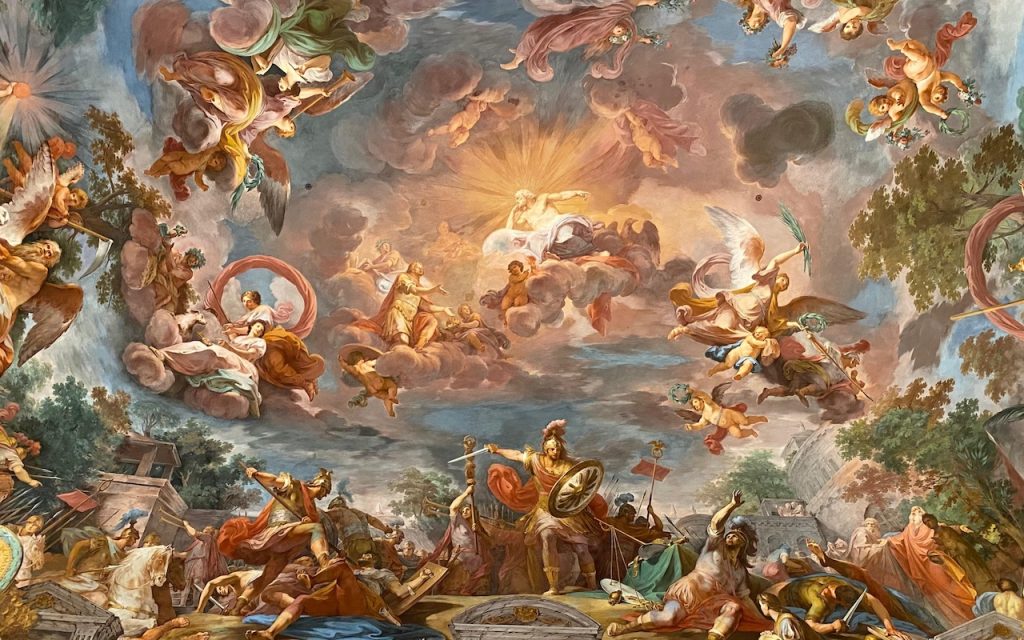
Don’t miss: Museo e Galleria Borghese
Rome can feel pretty overwhelming because there is simply so much to see besides the ones mentioned above.
An unmissable art gallery is the Galleria Borghese, located within Villa Borghese, which was the private collection of Cardinal Scipione Borghese (1577–1633). The gallery is best known for its masterful Bernini statues, and incredible paintings by Caravaggio, Raphael and Titian.
[See more: Air Macau backtracks on baggage allowance policy after backlash]
Every part of this former residence – from the ceilings (see above picture), walls, friezes, the very corners – has been meticulously transformed into a work of art. Just the building itself is worth going to.
This is another attraction you should definitely book in advance for!
Could pass: Spanish Steps
Although the Spanish Steps have great historical importance, they are not an attraction which you will likely spend much time at, especially since there is a law banning people from sitting, eating or drinking on the steps.
By all means, if you’re passing through you should definitely have a look, but it’s not worth going out of your way to see them if you have limited time in Rome.
Hop on and off
A regular bus/tram/train ticket costs €1.50 (US$1.70) and lasts for 100 minutes, which makes travelling by public transport very affordable and convenient. If you have a contactless card, simply tap on – don’t worry about tapping off as your ticket will be valid until the time period is up.
[See more: Here are five lesser-known islands in Hong Kong you should visit]
However, to avoid potential penalty fares, you must tap your card each time you change means of transport.
Dress or pack for modesty
When entering churches and other holy sites, make sure your shoulders, stomach and knees are covered. Roman summers can get very hot, with an average temperature of 31°C, so an alternative is to bring a lightweight shawl, jacket or wrap-around skirt with you so you can easily adapt your attire to the places you go to.
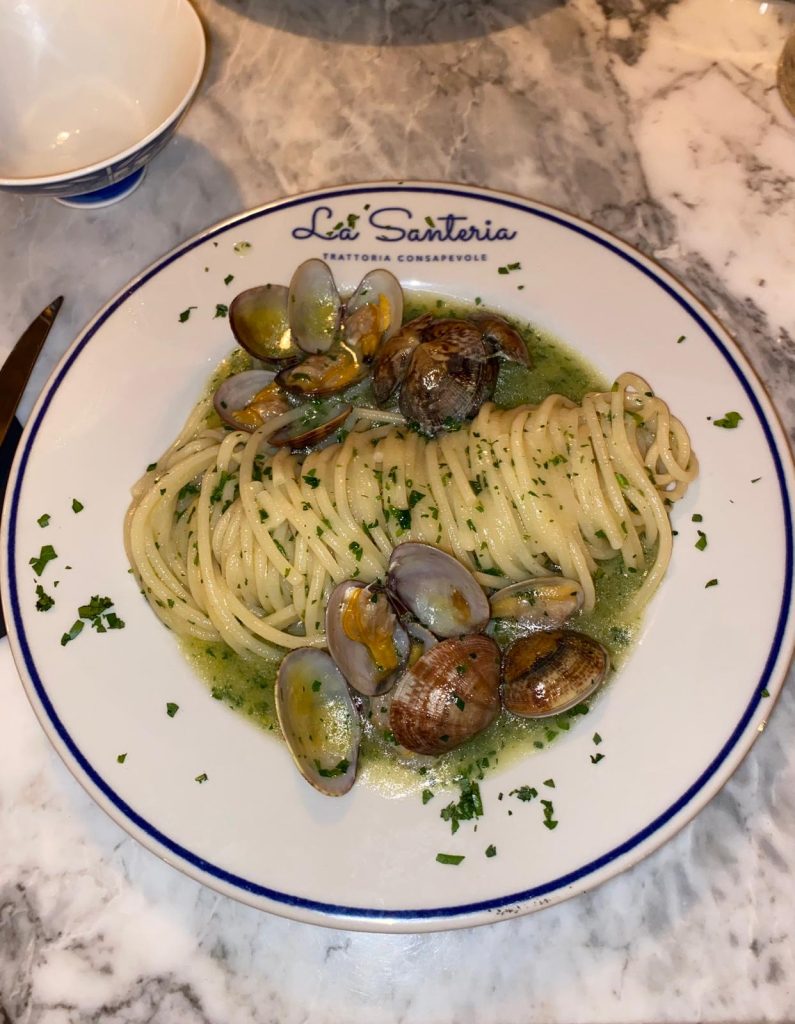
Truly eat like a local
When in Rome, you’ll want to try the big four Roman pasta dishes: carbonara, cacio e pepe, gricia, and amatriciana. Around the city centre, there are dozens of trattorias serving those classics tailored specifically for touristy tastebuds. But after satisfying that part of your Roman bucket list, you may want to try food that locals truly eat.
Head to the Pigneto district, dubbed by Vanity Fair as “Rome’s Brooklyn” and Condé Nast Traveller as “edgy and artsy.” There, you’ll find Necci, a cozy restaurant with plenty of outdoor seating that has been running since 1924. It offers unique pasta dishes like their famous arrabiata del Necci, a spicy chili Roman pasta and linguine verrigni con vongole veraci, a linguine with clams, courgette flowers and pistachio grains during dinnertime. It also offers other delicious starters, salads and mains, including a gorgeous fennel and orange salad.
[See more: Macao defends its title as the world’s five-star hotel capital for a third year]
Pigneto is also known for its natural wine bars, so head to La Santeria – a natural wine bar and restaurant with a lovely green outdoors area dotted with beautiful tiled tables. Expect friendly service and great recommendations of local wine and food. Try the amatriciana di mare, La Santeria’s fishy take on the classic amatriciana, and its surprisingly saucy take on the classic spaghetti alla vongole.
We would recommend heading to Pigneto on a Friday or Saturday night as that’s when the neighbourhood really comes alive. The area can be very quiet on the weekdays.

Trastevere is also a well-loved and more well-known neighbourhood in Rome, home to traditional ochre buildings and plenty of bars and cafes like the famous Bar San Calisto. Hong Kong’s Bar Leone is said to evoke the spirit of Trastevere, so if you’ve been to that internationally-acclaimed waterhole you might want to see what the true source of its inspiration looks like.
